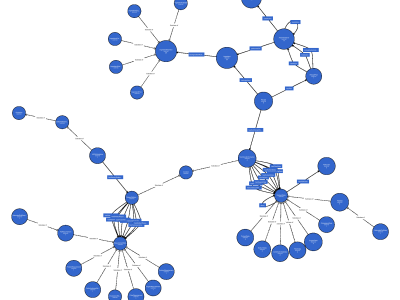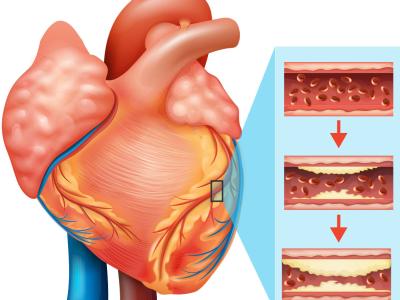CRWB dish 33K classification

- Citation Author(s):
- Submitted by:
- Andres Frederic
- Last updated:
- DOI:
- 10.21227/w2hb-ra39
 38 views
38 views
- Categories:
- Keywords:
Abstract
A 33K classification of dishes (in French) is an ambitious project aimed at categorizing the immense diversity of French gastronomy. France’s culinary heritage is deeply rooted in regional traditions, local ingredients, and refined techniques, making it one of the richest cuisines globally. Below is a high-level structure to approach such a detailed classification, breaking it down into broader categories, regional specialties, and ingredient-based subcategories.
Framework for 33K Dishes Classification in French
1. By Meal Course
- Appetizers (Entrées)
- Terrines and pâtés (e.g., pâté en croûte, foie gras)
- Soups and broths (e.g., bouillabaisse, potage, consommé)
- Salads (e.g., salade niçoise, salade Lyonnaise)
- Main Dishes (Plats Principaux)
- Meat-based (e.g., coq au vin, cassoulet, bœuf bourguignon)
- Fish and seafood (e.g., sole meunière, truite aux amandes)
- Vegetarian (e.g., ratatouille, tarte à la tomate)
- Cheese (Fromages)
- Over 1,600 varieties categorized by region and milk type (cow, goat, sheep).
- Desserts (Desserts et Pâtisseries)
- Pastries (e.g., éclairs, mille-feuille, Paris-Brest)
- Cakes and tarts (e.g., tarte Tatin, galette des rois, opéra)
- Custards and creams (e.g., crème brûlée, îles flottantes)
2. By Region
Each region in France contributes its unique dishes and variations:
- Provence-Alpes-Côte d’Azur: Bouillabaisse, ratatouille, pissaladière
- Brittany (Bretagne): Crêpes, galettes, kouign-amann
- Burgundy (Bourgogne): Escargots, bœuf bourguignon, coq au vin
- Alsace: Choucroute, tarte flambée, baeckeoffe
- Normandy (Normandie): Sole normande, camembert, tarte aux pommes
- Corsica (Corse): Fiadone, civet de sanglier, brocciu cheese dishes
3. By Ingredient or Technique
- Meat-based: Pork, beef, lamb, veal, poultry, game meats.
- Seafood: Shellfish, mollusks, freshwater and saltwater fish.
- Vegetables: Seasonal dishes based on local produce (gratin dauphinois, tian).
- Herbs and spices: Usage of lavender, tarragon, thyme, and regional spices.
4. By Occasion
- Festive dishes: Foie gras, bûche de Noël, galette des rois.
- Everyday meals: Croque-monsieur, quiche Lorraine, omelette.
- Seasonal specialties: Hachis Parmentier (winter), salade printanière (spring).
Instructions:
Given the record structure (id, 2 as French, dish name classification, level of expertise (1: beginner, 2: intermediate, 3: professional)), the following extended structure provides guidelines to organize and populate your dataset:
1. Record Structure Explanation
Each record contains:
- ID: A unique identifier for each dish.
- Format: Sequential numbering or alphanumeric code.
- Example:
0001, .
- 2 as French: Constant field indicating the language of the Classification (here, French).
- Dish Name: The classification. name of the dish in its traditional French form.
- Example:
Coq au Vin,Tarte Tatin.
- Example:
- Level of Expertise: Indicates the complexity of preparing the dish.
- 1: Beginner – Easy recipes with minimal steps and common ingredients (e.g., Salade Niçoise).
- 2: Intermediate – Requires some skill in cooking techniques or specialized ingredients (e.g., Quiche Lorraine).
- 3: Professional – Advanced techniques, time-intensive, or requiring precision (e.g., Soufflé au Fromage).









